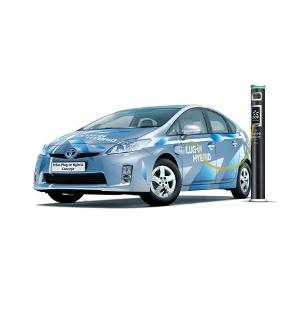
By
Greentech Lead Team:
The battery module market for hybrid and electric vehicles
is expected to grow from about $5 billion in 2010 to $47 billion in 2020,
representing a healthy CAGR of 25 percent over 10 years.
In 2011, the
first plug-in hybrid electric vehicles (PHEVs) went into production to add the
next level of electric-only drive to the steadily growing popularity of the
hybrid assist vehicle.
Large
lithium-ion battery production facilities came online in a number of countries
around the world to support the anticipated demand fueled in many countries by
generous subsidies and tax benefits.
“As well as
the production vehicles that went on sale in 2011, announcements from all the
major manufacturers make it clear that this segment will have much more
competition in the next couple of years. Also, some existing hybrid vehicles
will be fitted with larger batteries to improve their electric-only range,”said principal analyst David Alexander, ABI Research.
Continued
demand for cleaner, more efficient vehicles, led by governments dealing with
goals to cut emissions, means that financial incentives will be around for a
long time. The recharging infrastructure is also developing rapidly in urban
areas, which are being targeted as prime regions for electric vehicle adoption.
Range
anxiety is diminishing and consumer acceptance is growing, but the major
obstacle for potential purchasers of an EV remains the high price. And while
the costs of power electronics and electric motors are expected to drop significantly
as production ramps up, no big price cuts are expected for the most expensive
component, the battery pack.
Alternative
technologies such as hydraulic hybrid drive, ultracapacitors, and flywheel
energy storage continue development and testing in niche applications, but it
seems that the battery-electric solution will be the recipient of the majority
of the production investment during the forecast period.
